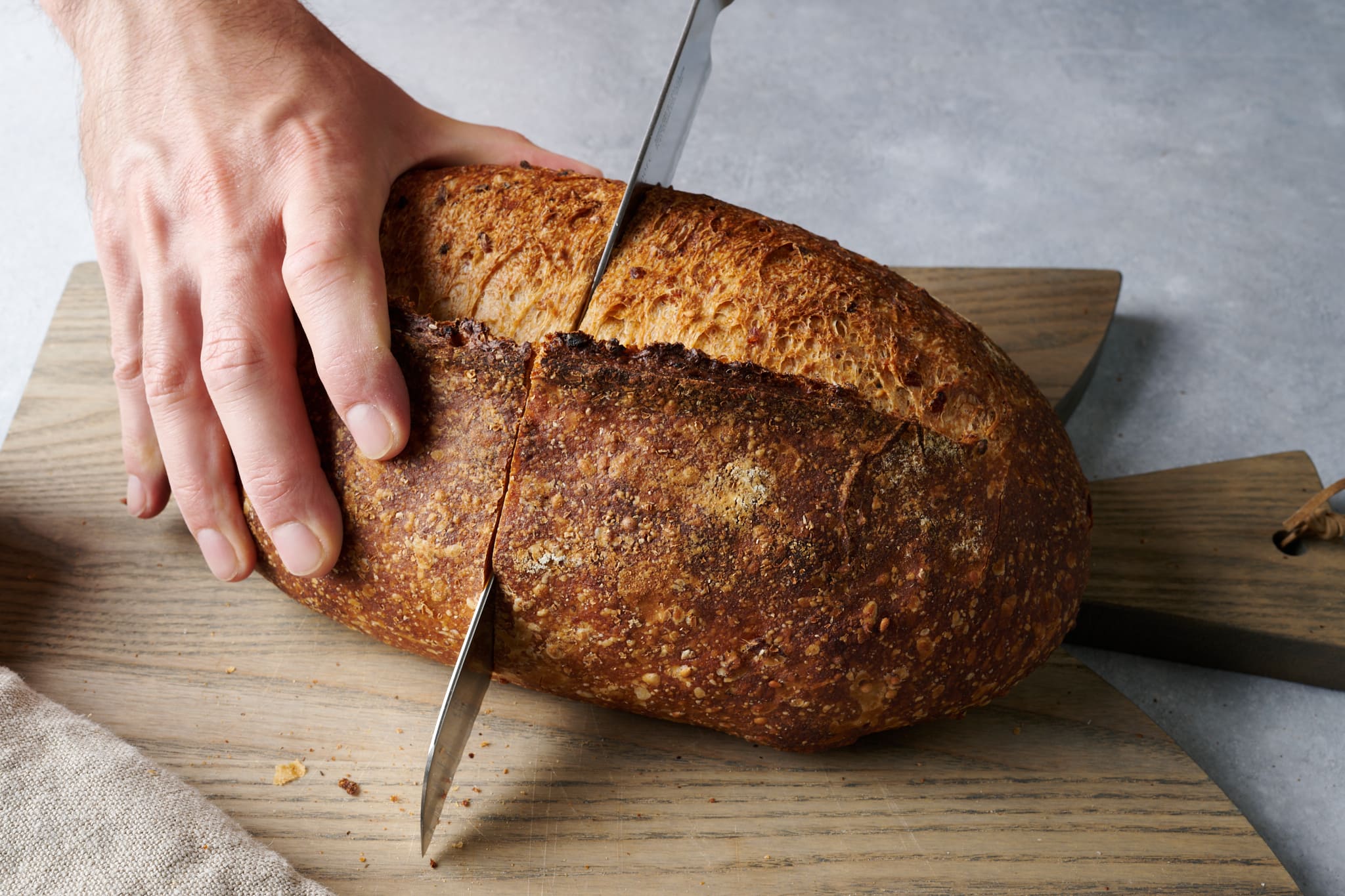How to Cut Faster with a Knife: Tips for Barbecue Enthusiasts
Written By James Morgan
Whether you're slicing brisket, dicing onions for your BBQ sauce, or preparing vegetables for the grill, every barbecue enthusiast knows the importance of efficient knife skills. But how do you take your cutting prowess to the next level? In this article, well delve deep into the art of how to cut faster with a knife, especially tailored for barbecue lovers.

Understanding Knife Anatomy
The first step in cutting faster is understanding your tool. The anatomy of a knife includes the blade, handle, and tang. The blade can be further divided into the edge, spine, tip, and heel. Knowing each part and its function can help you use the knife more effectively.
The Blade
The blade is your main cutting tool. The edge does the slicing, while the spine provides balance and strength. The tip is used for detailed work, and the heel is perfect for cutting through harder materials.
The Handle
A good grip on the handle ensures control and precision. Ergonomically designed handles can reduce fatigue, allowing you to cut faster.

Choosing the Right Knife
Your knife choice significantly impacts your cutting speed. A chefs knife is versatile and suits most tasks, but specialized knives like a brisket knife or a paring knife can make specific tasks quicker and easier.
Chef's Knife
The all-rounder knife that can handle anything from meat to vegetables. Its curved blade allows for a rocking motion that speeds up chopping.
Brisket Knife
Designed for slicing through large cuts of meat, a brisket knife has a longer blade and grants cleaner, quicker cuts.

Knife Maintenance
A sharp knife is essential for fast cutting. Regular sharpening and honing not only make cutting easier but also safer. A dull knife requires more force and increases the risk of accidents.
Sharpening
Use a sharpening stone to maintain a razor-sharp edge. An angle of 20 degrees is generally effective for most knives.
Honing
While honing doesn't sharpen a knife, it realigns the edge and maintains its sharpness. A honing rod is used for this purpose.

Cutting Techniques
Mastering different cutting techniques can drastically increase your speed and efficiency. Here are some techniques to practice:
The Claw Grip
This grip ensures your fingers are safe. Tuck your fingertips under and use your knuckles to guide the knife.
The Rocking Motion
This is perfect for chopping herbs and vegetables. The curved blade of the chefs knife allows you to rock the knife back and forth, making quick, precise cuts.
Slicing vs. Sawing
For meats, use a slicing motion instead of sawing. Long, smooth cuts reduce resistance and speed up the process.
Practice Makes Perfect
The more you practice, the faster and more accurate you will become. Start with basic tasks and gradually move on to more complex cuts.
Mise en Place
Having everything prepared and in its place before you start cutting can save a lot of time. This French term means 'everything in its place' and is a fundamental principle in professional kitchens.
Safety First
Speed is important, but not at the expense of safety. Always make sure your cutting board is stable, and never cut towards yourself.
For more on knife safety, check out this guide.
FAQ
What is the best knife for barbecue?
A chefs knife is versatile, but a brisket knife is perfect for slicing meats.
How often should I sharpen my knife?
Sharpen your knife every few months, depending on usage. Regular honing can help maintain its edge.
What is the safest way to hold a knife?
Use the claw grip, tucking your fingertips under and guiding the knife with your knuckles.
For more tips and tricks, don't forget to visit our blog.
As an Amazon Associate, I earn from qualifying purchases.



